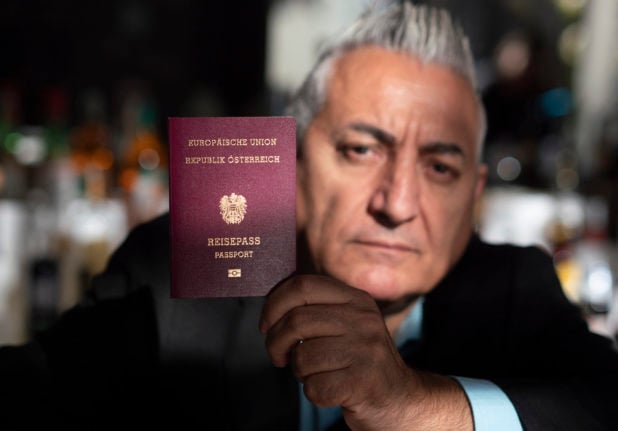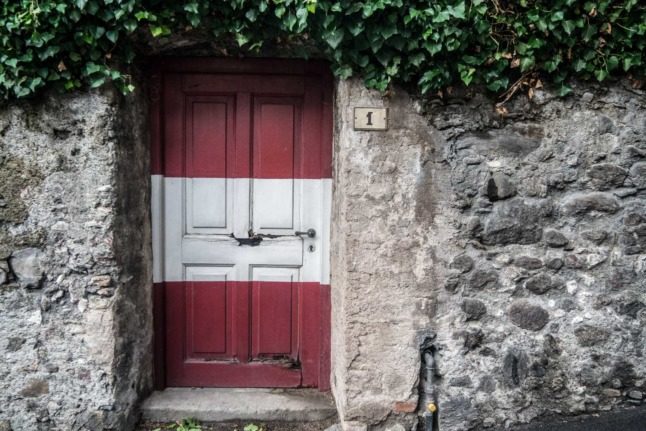How many people became Austrian in the first half of this year?
A total of 6,658 people became Austrian in the first six months of 2023 – an 18.3 percent drop compared to the same time last year.
Statistics Austria says most of the decline is due to fewer people claiming Austrian citizenship through descent from Nazi victims – a route that allows the applicant to also keep their other citizenship and which they may be entitled to even if they don’t speak German and have never set foot in Austria.
Austrian citizenship applications through this route are down two-thirds so far this year compared to the first six months of 2022. Out of all those becoming Austrian, 833 did so abroad – mostly by claiming a right to Austrian citizenship through descent.
The decline marks a reversal of a steady upward trend in people taking Austrian citizenship overall since 2016.
Which nationalities are applying for citizenship?
Naturalisations by people already resident in Austria, however, went up very slightly – by 1.5 percent.
The most common origin nationalities naturalising as Austrian include 864 Syrians, 540 Turks, 390 Bosnians, and 362 Afghans.
Around 28 percent of those naturalising were born in Austria – mostly people under 18 years of age.
Naturalisations were highest in Vienna at 1,927 people – although the capital saw an almost 15 percent drop compared to last year while other federal states like Styria, Upper and Lower Austria saw big increases.
The most common nationalities of those becoming Austrian through descent from Nazi victims include Americans, Brits, and Israelis – all at just over 200 people each.
In 2022, just over 20,000 people naturalised as Austrian.
READ ALSO: Five surprising Austrian citizenship rules you should know about



 Please whitelist us to continue reading.
Please whitelist us to continue reading.
Member comments